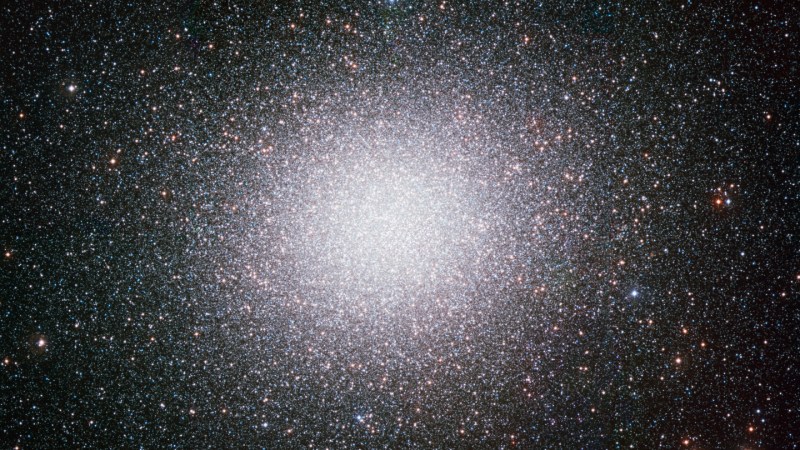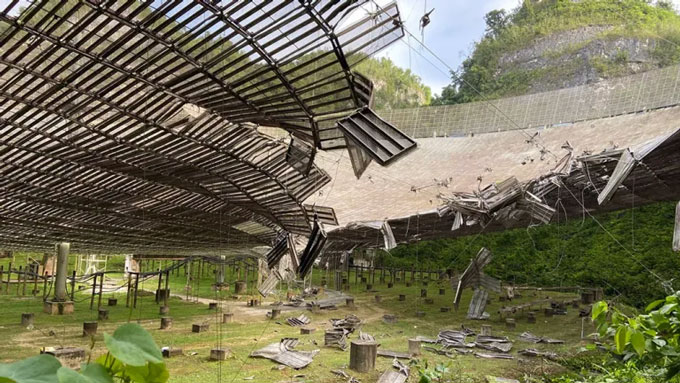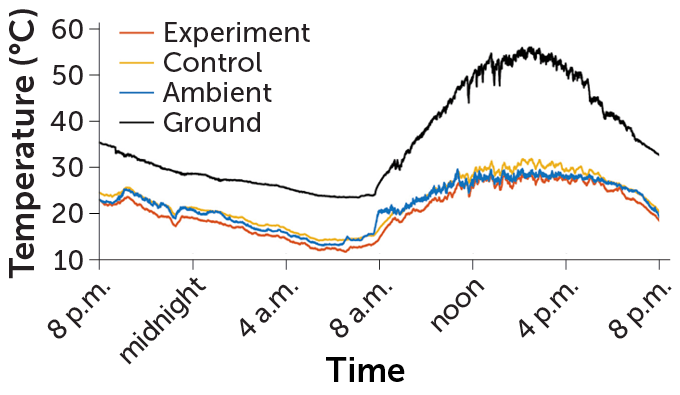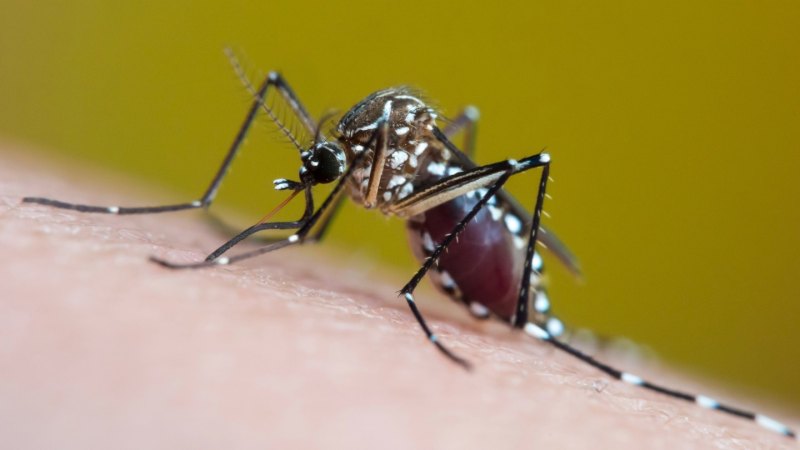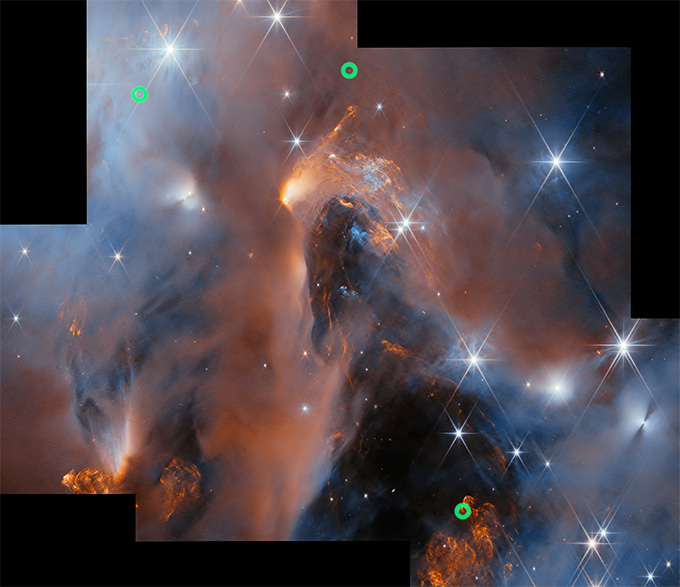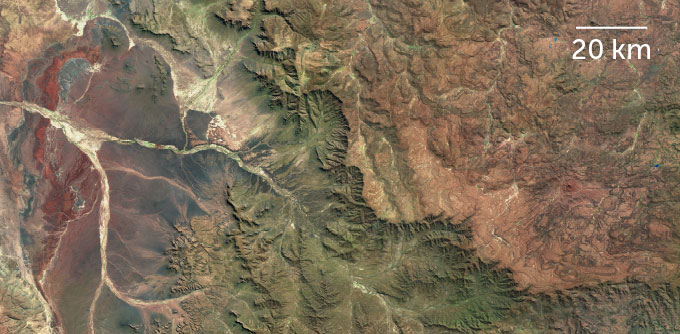Extreme Climate Survey Scientific news is collecting questions from readers about how to navigate our planet’s changing climate. What do you want to know about extreme heat and how it can lead to extreme weather events? The study doesn’t completely rule out an intermediate-mass black hole, but if one is there, it’s much smaller than […]
Author: houssem23
National Geographic’s ‘OceanXplorers’ dive into the mysteries of the ocean
Extreme Climate Survey Scientific news is collecting questions from readers about how to navigate our planet’s changing climate. What do you want to know about extreme heat and how it can lead to extreme weather events? Over six episodes, viewers tag along on expeditions to study marine life in the shallow tropical waters of the […]
More than 100 types of bacteria can thrive in microwave ovens
Even the microwave oven in your kitchen is not immune to bacteria. The radiant environment inside a microwave oven can seem inhospitable to germs. But swabs from microwave ovens in several different areas identified more than 100 bacterial species, researchers report Aug. 7 in Frontiers in Microbiology. This is the first time scientists have documented […]
History ‘Wow!’ the signal may finally have a source. Sorry, they are not strangers
Extreme Climate Survey Scientific news is collecting questions from readers about how to navigate our planet’s changing climate. What do you want to know about extreme heat and how it can lead to extreme weather events? The original “Wow!” the signal was detected decades ago by the Big Ear radio telescope at Ohio State University. […]
Zigzag walls can help buildings beat heat
Extreme Climate Survey Scientific news is collecting questions from readers about how to navigate our planet’s changing climate. What do you want to know about extreme heat and how it can lead to extreme weather events? Most “radiant cooling” designs involve roofs designed to receive and then emit the sun’s energy in infrared wavelengths that […]
Extreme heat and rain are fueling rising cases of mosquito-borne diseases
Extreme Climate Survey Scientific news is collecting questions from readers about how to navigate our planet’s changing climate. What do you want to know about extreme heat and how it can lead to extreme weather events? The extreme heat and rain are scary enough on their own, and it’s getting hotter with climate change. But […]
The Webb Telescope’s look at a stellar nursery also finds minor planets
A distant stellar nursery holds a cluster of newborn worlds the size of Jupiter, the smallest of which is surrounded by a disk of dust that may one day form moons. The detailed discovery, made thanks to the unprecedented sensitivity of the James Webb Space Telescope, could provide new insights into the formation of stars […]
The waves of the mantle lift the continents up and adorn them with diamonds
Extreme Climate Survey Scientific news is collecting questions from readers about how to navigate our planet’s changing climate. What do you want to know about extreme heat and how it can lead to extreme weather events? At the center of this story are cratons, large blocks of mostly crystalline rock that typically occupy the interior […]
